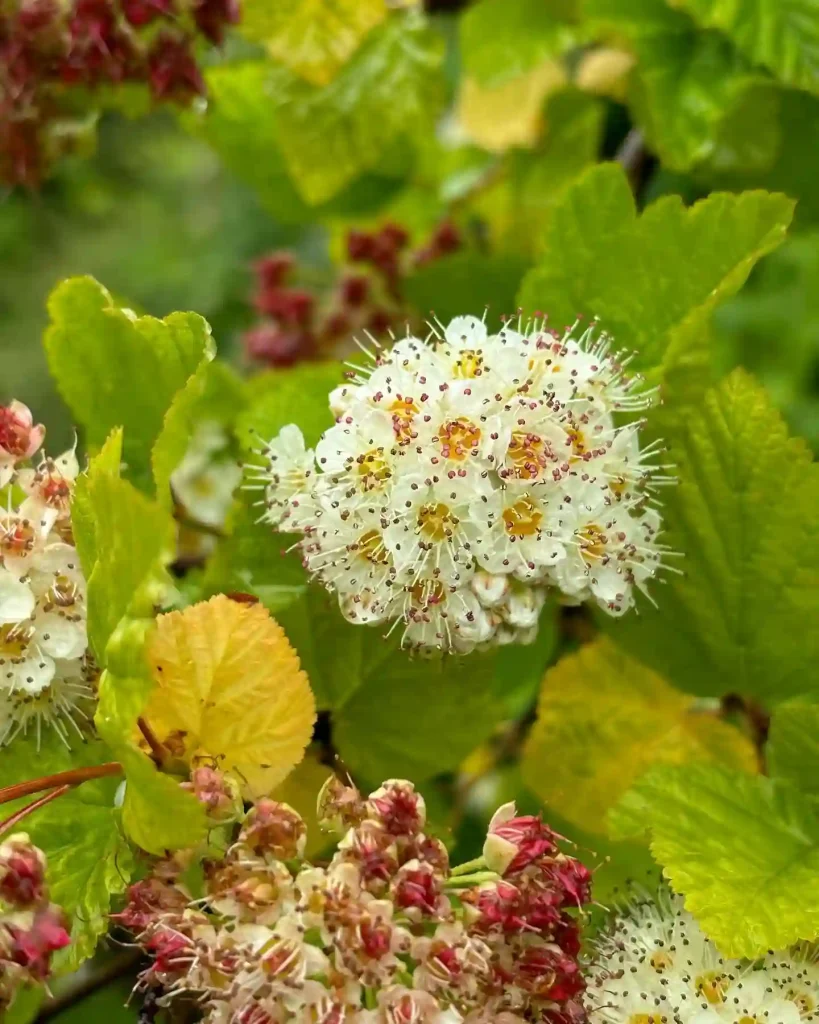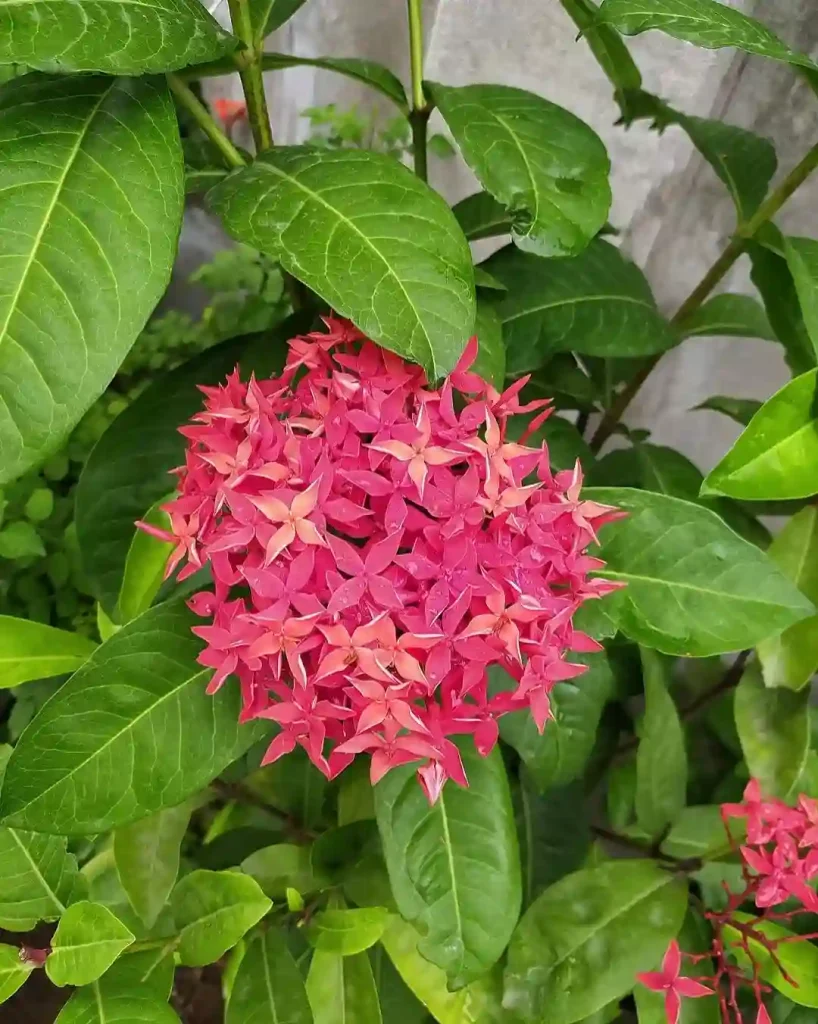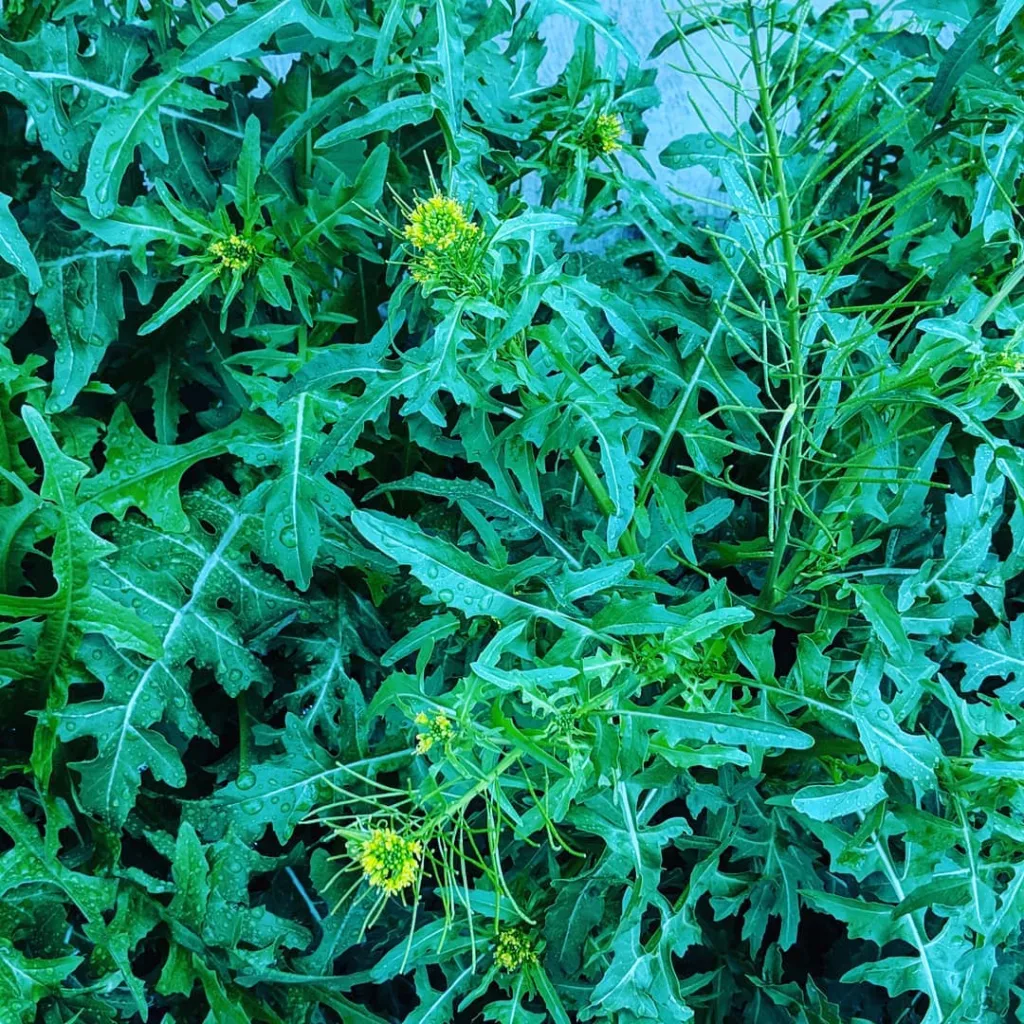Carex Divulsa: Your Guide to the Easy-Going Grey Sedge
Hello, plant enthusiasts! I’m Ferb Vu, and today we’re diving into the world of Carex divulsa, also known as the Grey Sedge. This versatile little plant has stolen my heart with its low-maintenance charm and adaptability. Whether you’re a seasoned gardener or a newbie just starting out, Carex divulsa is a fantastic addition to your landscape.
2324 Species in Genus Carex
What is Carex Divulsa?
Carex divulsa is a member of the Cyperaceae family, which also includes sedges and rushes. It’s native to regions like Macaronesia, Europe, and parts of the Middle East. This grass-like perennial forms graceful clumps of arching, narrow leaves that stay green year-round in most climates. In spring, it produces inconspicuous yellow flowers that add a touch of whimsy.
Carex Divulsa vs Carex Tumulicola
I’ve grown Carex Divulsa and found it to be quite resilient and easy to manage, with its graceful, fine-textured foliage adding a lovely touch to garden beds. On the other hand, Carex Tumulicola has a more tufted appearance and tends to form denser clumps, which I appreciate for creating fuller ground cover. Both add great texture to a landscape, but if I’m aiming for a softer, more delicate look, Carex Divulsa is my go-to, while Carex Tumulicola is better when I want something that stands out more robustly.
How to Care for Carex Divulsa?
The beauty of Carex divulsa lies in its easygoing nature. Here’s what you need to know to keep it thriving:
- Light: Carex divulsa is a shade-tolerant plant, making it perfect for those spots under trees or in shady corners of your garden. It can also tolerate some sun, but be mindful of harsh afternoon heat, especially in warmer climates.
- Water: Water regularly, especially during the first growing season. Once established, Carex divulsa is quite drought-tolerant. Aim for consistently moist soil, but avoid soggy conditions.
- Soil: Well-drained soil is key. Carex divulsa adapts to various soil types, but avoid heavy clay that retains too much moisture. Amending the planting area with compost or organic matter can help improve drainage.
- Fertilizer: This low-maintenance plant doesn’t require heavy feeding. A light application of balanced fertilizer in spring is sufficient.
- Pruning: Minimal pruning is needed. You can remove spent flower spikes in late spring or early summer for a tidier look. However, some gardeners prefer the natural, wispy appearance of the seed heads in fall. In late winter or early spring, you can cut back dead or overgrown foliage to make way for new growth.
How to Propagate Carex Divulsa?
Sharing the beauty of Carex divulsa is easy! Here are two common propagation methods:
- Division: The most common method. In early spring or fall, carefully dig up the mature clump with a shovel. Use a sharp knife to divide it into several sections, ensuring each division has healthy roots and shoots. Replant the divisions immediately in prepared soil, water well, and keep them moist until established.
- Seed: Propagation by seed takes longer but can be rewarding. Collect mature seeds in late summer, and sow them in flats filled with a seed-starting mix. Keep the soil moist and provide warmth and indirect light. Seeds can take several weeks to germinate. Once seedlings have a few sets of true leaves, transplant them into individual pots and nurture them until they’re ready for their permanent place in the garden.
What to Plant with Carex Divulsa?
Carex divulsa’s versatility makes it a wonderful companion for various plants. Here are a few ideas:
- Shade lovers: Hostas, ferns, hellebores, and coral bells create a harmonious textural contrast with the Carex divulsa’s arching form.
- Spring blooms: Combine it with early spring bulbs like tulips, daffodils, or alliums for a burst of color. As the bulbs fade, the Carex divulsa takes center stage.
- Shrubs: Plant Carex divulsa around the base of shade-loving shrubs like hydrangeas or azaleas for added visual interest and year-round texture.
Additional Tips
- Carex divulsa is generally pest and disease resistant. However, watch out for slugs and snails, which can munch on the leaves. Handpicking or using organic slug and snail control methods is recommended.
- In colder climates (USDA zones below 5), consider mulching around the base of the plant in late fall to protect the roots from harsh winter temperatures.
Conclusion
Carex divulsa is a low-maintenance gem that offers year-round beauty and textural interest to your garden. With its easygoing nature and adaptability, it’s a perfect choice for busy gardeners or those new to the world of plants. So, why not give Carex divulsa a try? You might just find yourself smitten with its effortless charm.
If i die, water my plants!



